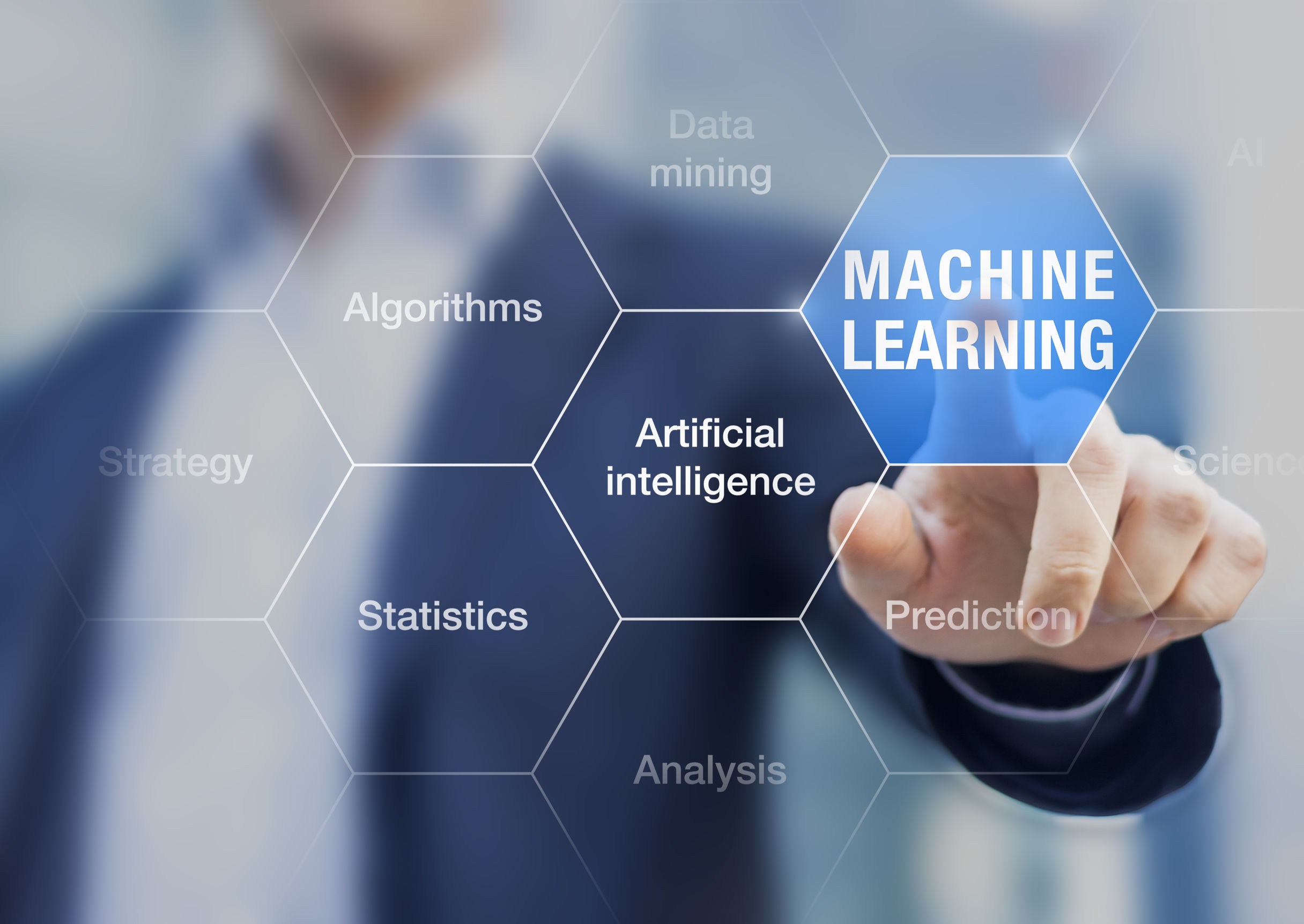The future of learning in the era of capability-led transformation
- HRM Asia Newsroom

It was 11:00 am on December 15, just one week away to Christmas. I turned on the notebook and connected to the company’s VPN and then went straight to my most opened app “Microsoft Teams”. Yes, at Siam Commercial, Bank, we are still in a “working anywhere” mode, and we do all our work online.
This was almost the end of the year but one last thing to do for this year is sharing the plan on what to do next year. “Ok, I’m online now,” is the company’s annual strategy session. Each of the business units need to share their strategy and business plan for next year to the presidents and top executives. For us the session went well and we are also excited with the questions asked by the president.
“What were the business impact contributed by the development programmes?”
I believe this is the most popular question from top executives right now, as everything is moving really fast and we do not have the luxury of time as we used to in the past. We are now entering the new normal world, phase I (2020). And the way we entered this new normal was so sudden, no one was ever prepared for it. We also do not know when or how phase II will begin.
Learning before 2020
The focus then was more on preparing the workforce for the future. Data analytics, design thinking, agile development programmes were the most popular topics then. Programmes were more about learning and development with more of practicing and less teaching. The use of online learning and some AI-based learning were picking up but was nowhere near what we really expect to have from learning.
In summary, we had more time to spend on learning and start using technology to help make learning more engaging and less expensive.
Learning after 2020
The focus is still preparing workforce for the future, but we are faced with limited time. Everything needs to be compressed and we are working with very limited budgets. And it is not about learning anymore; it is more about business outcomes and workforce mobility.
In summary, we have almost no time to spend on learning but still need to get people to deliver the business outcomes and ready for the future.
The future of learning
Personally, I believe that the future of learning is “flash or invisible learning” and we might not have learning and development functions (L&D) in the company any more.
Flash learning is equivalent to a “super small bite” using personalised learning (AI) technology. When new things emerge, people tend to grasp a quick bite in terms of learning and applying news skills within a day, or a week at most. They also use technologies such as virtual reality (VR), augmented reality (AR) and XR (extended reality to help accelerate the learning and skills adoption.
Invisible learning includes all the learnings that are embedded in the flow of everything, for example, work and life. This means no more spending of time in a classroom or a 2-days workshop.
Lastly, one very important part of the future of learning will see the move away from the focus on the skills, to the focus on business performance or career growth. It is likely that the next conversation I will have with my top management in the near future will be based on an entirely new and different context.
Join Aek Ussivakul at Learning Technologies Asia 2021, where he will be presenting a session titled The Future of Learning In The Era of Capability Led Transformation on March 24 at 11.30am (SGT).






